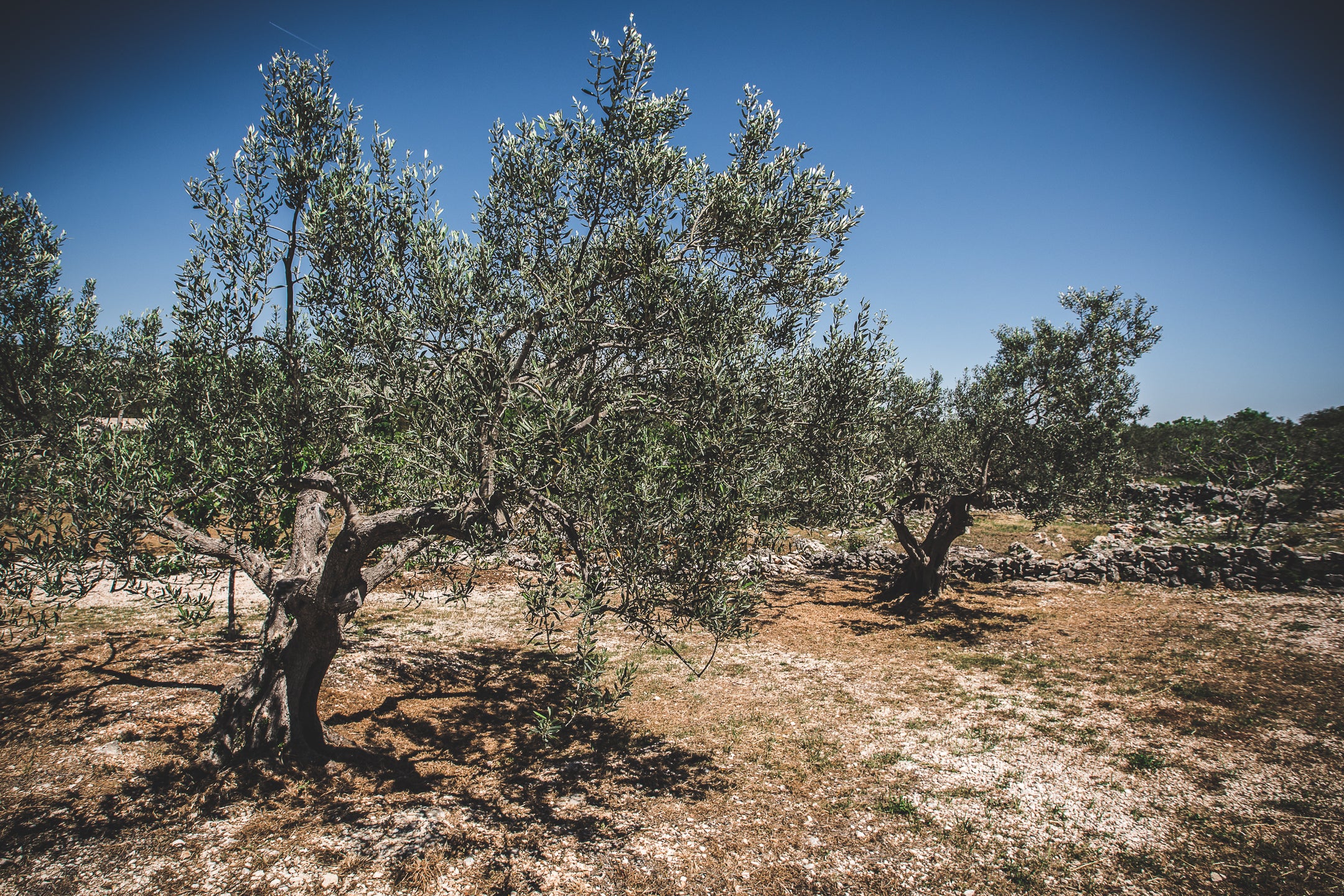
History of the Oil
The beginnings of olive growing in Dalmatia date back to the Late Bronze Age, as shown by olive pits found during archaeological excavations in the Vranjic area, near the ancient city of Solin just outside of Split.
Along with grapevines and figs around the 4th century BC, olive growing began to flourish in Dalmatia. In the statute of the city of Split from 1312, it is stipulated that at least 6 olives must be planted on each planted vineyard which you can still see today on some vineyards as you drive through the countryside.
It is assumed that organized agriculture in this area was established by the first more organized communities. Certainly, colonization by the ancient Greeks and Romans must have provided a major boost for olive growing. Numerous facilities for the production of olive oil that have been left as a legacy by the ancient Romans attest to this. Their land centuriation (land grids), as well as techniques and technologies of work, remained in effect almost until the emergence of modern machines. The old olive tree of Kastel Stafilic dates all the way back to those times and is therefore given the status of a cultural monument.
The island of Pag is home to the oldest olives in the world. The small village of Lun, located on the northernmost part of the island of Pag, is home to thousand-year-old olive trees. In the area of about 86 hectares grows about 80 thousand olive trees. Among the many thousand-year-old olive trees, one, in particular, stands out. It is the oldest olive tree in the world that is over 1,600 years old!



